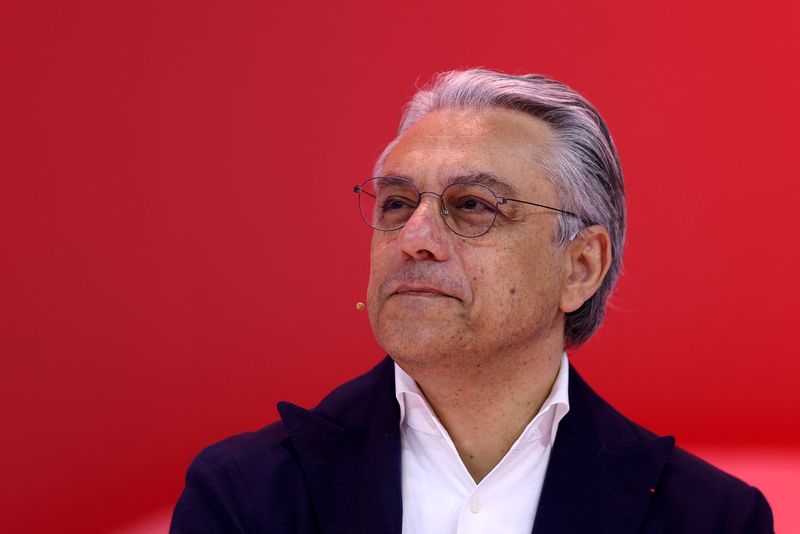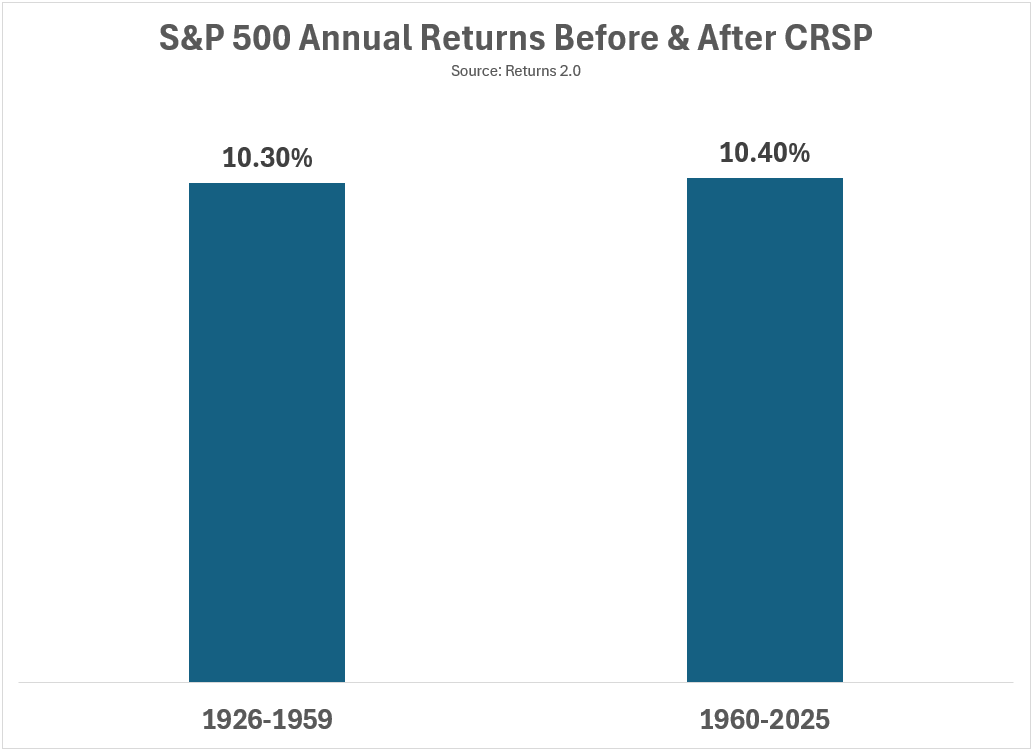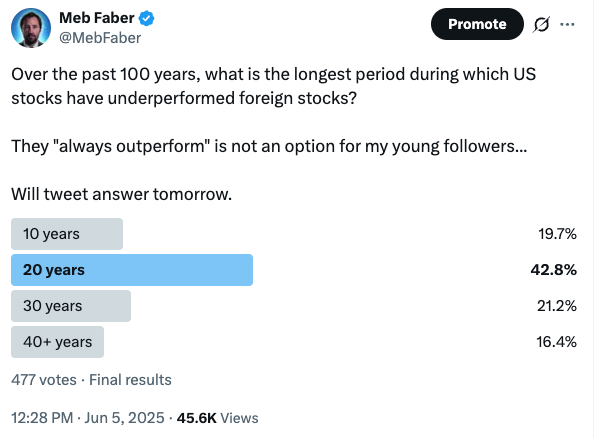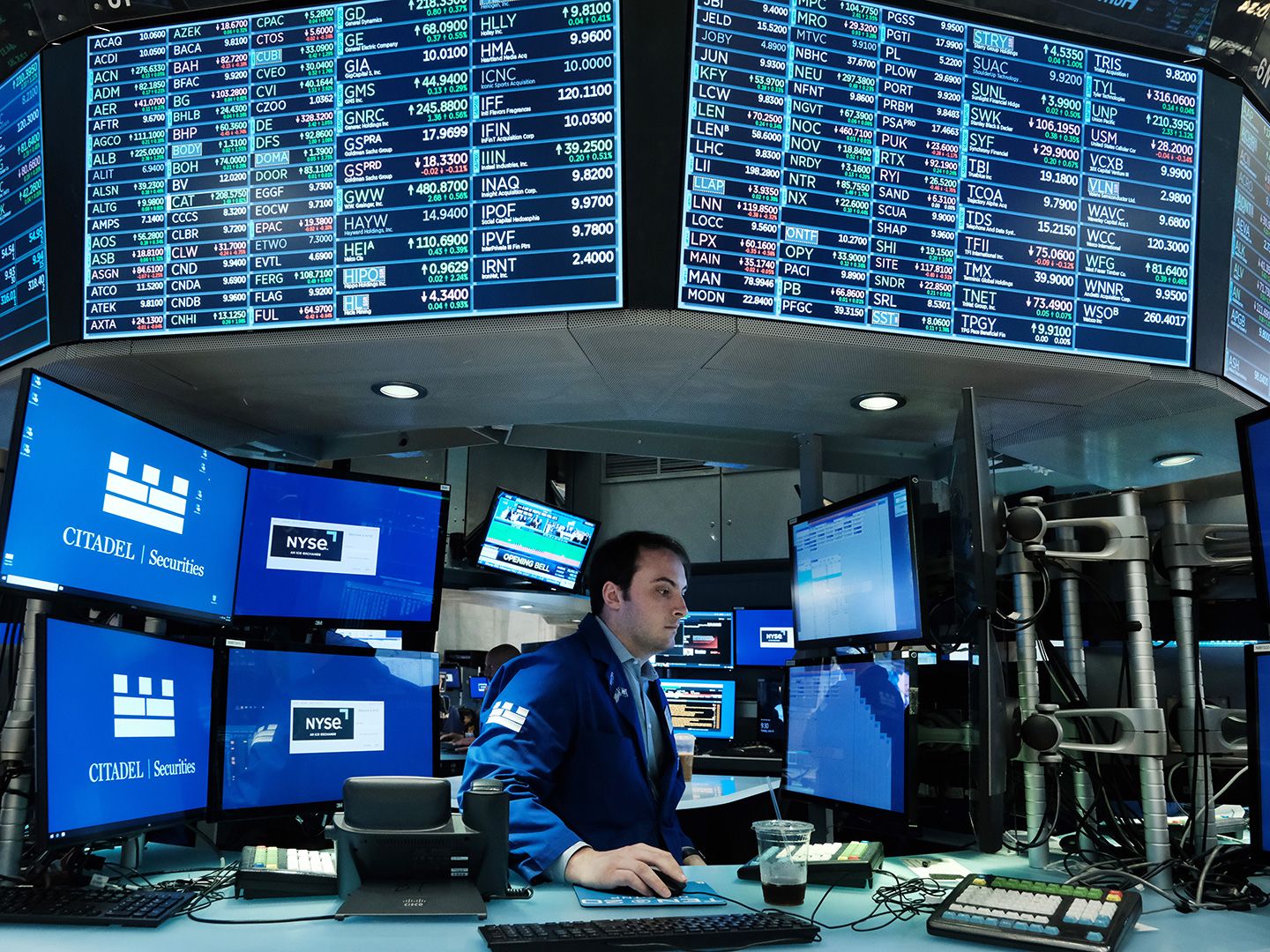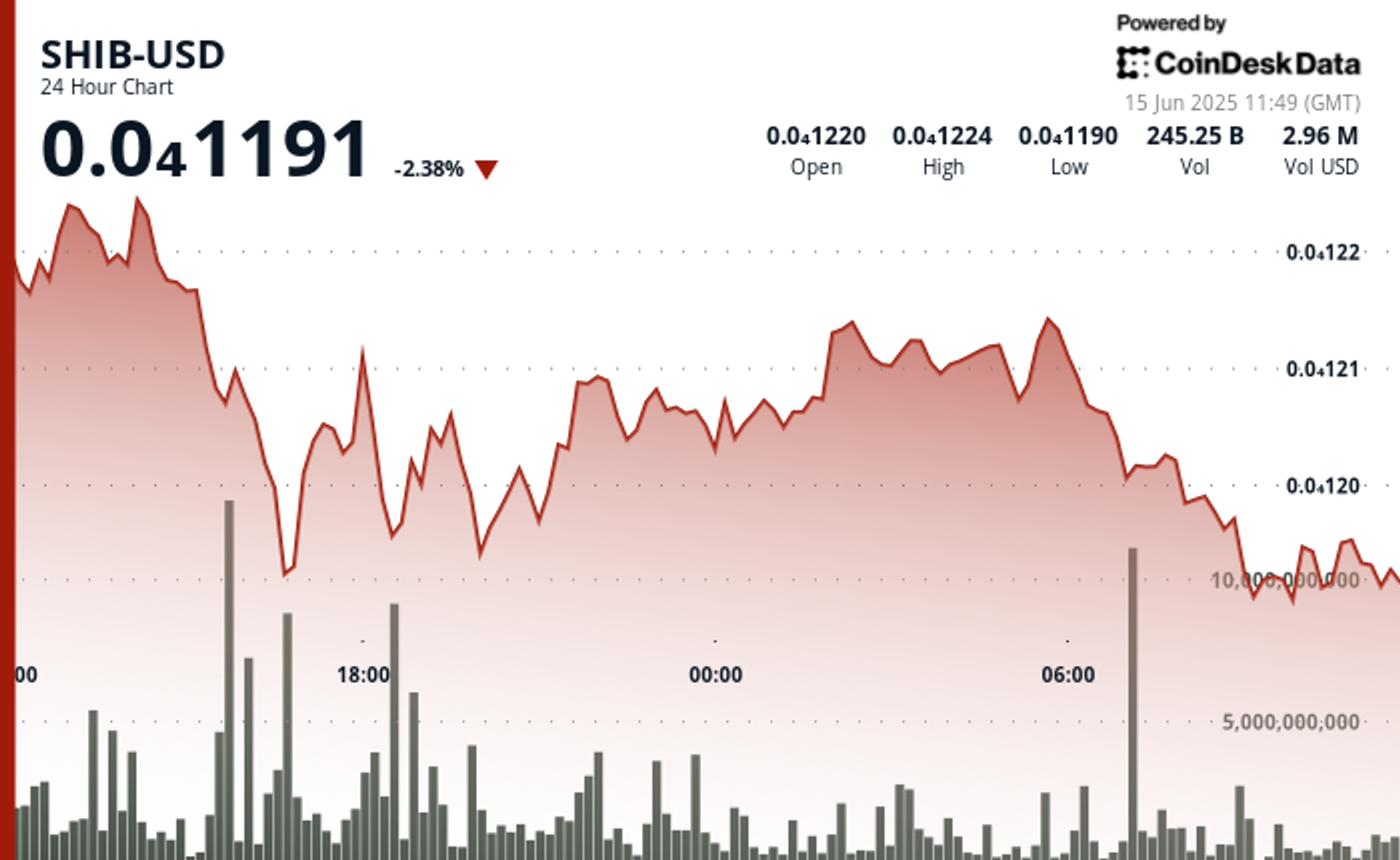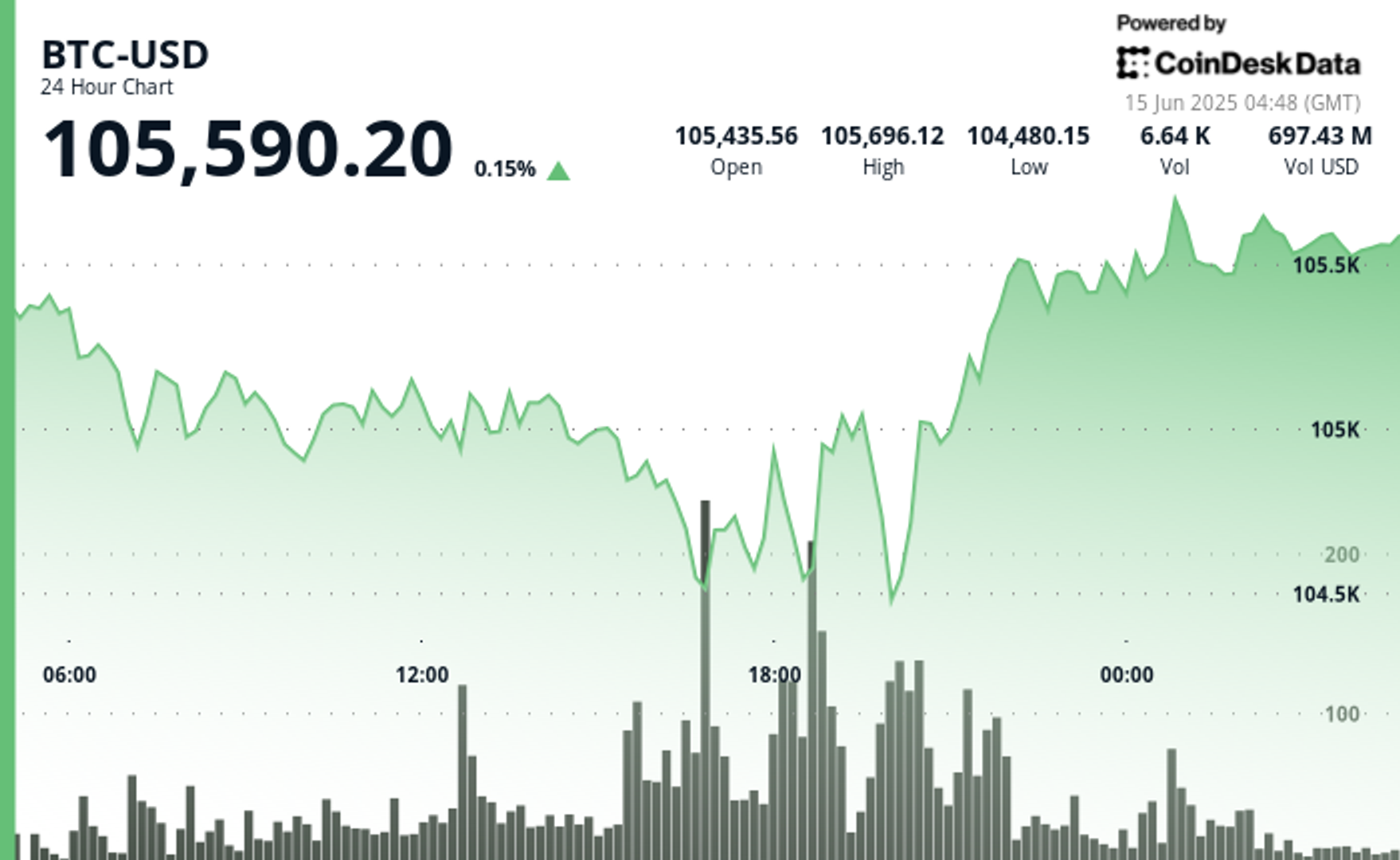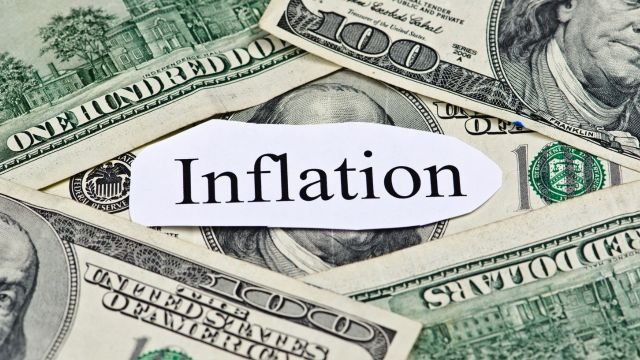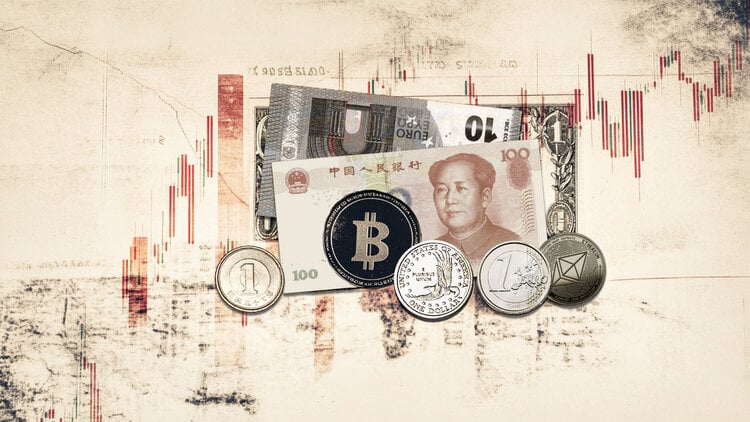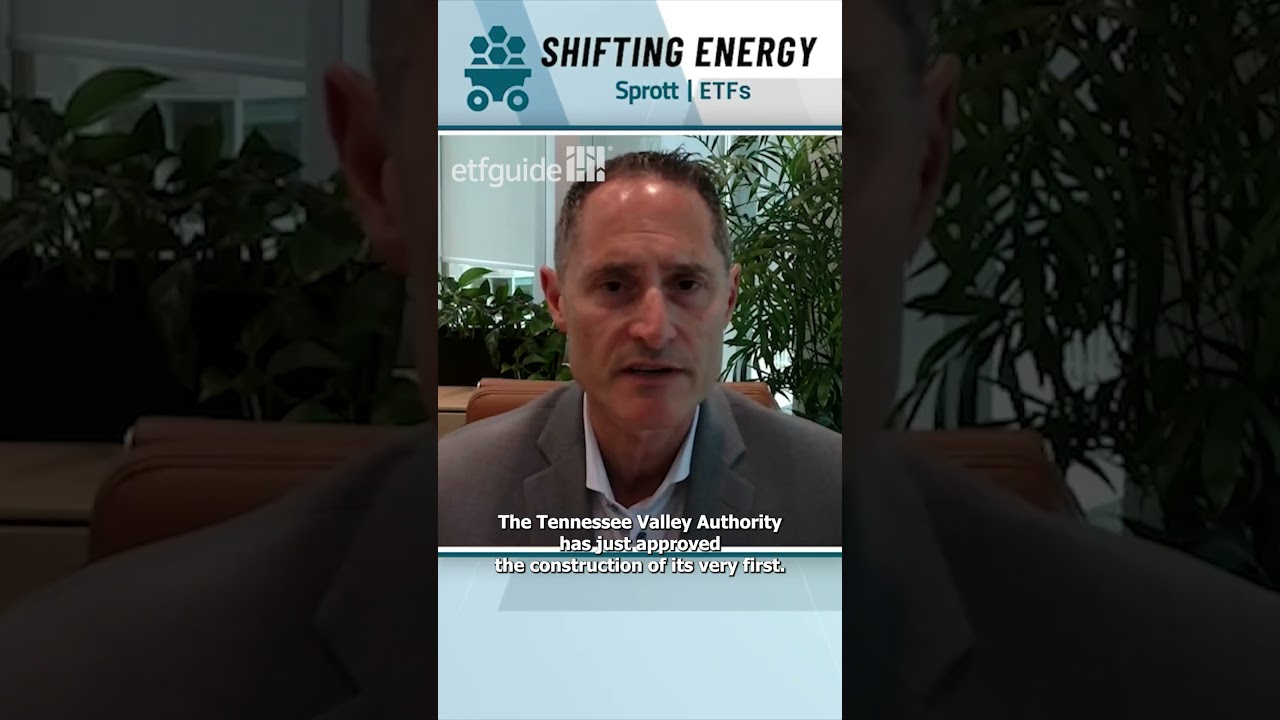I’m Furious with YieldMax – Why Are My ETFs Appreciating Instead of Eroding?
YieldMax exchange-traded funds (ETFs) are designed to churn out high monthly distributions through covered call strategies on volatile individual stocks like Strategy (NASDAQ:MSTR), Palantir Technologies (NASDAQ:PLTR), Nvidia (NASDAQ:NVDA), and others. They have built a cult following among investors chasing sky-high yields, often exceeding 50% to 100% annually. These funds, including YieldMax MSTR Option Income Strategy […] The post I’m Furious with YieldMax – Why Are My ETFs Appreciating Instead of Eroding? appeared first on 24/7 Wall St..

Key Points in This Article:
-
YieldMax ETFs’ unexpected NAV appreciation, driven by strong underlying asset performance and strategy shifts, lowers yields, frustrating investors seeking high cash flow from option premiums.
-
Rising NAVs offer a buffer against losses and boost total returns but clash with the funds’ design for “degenerate yield” and erode the appeal for income-focused investors.
-
Investors should diversify with growth funds, review updated prospectuses, focus on tailored options strategies, and explore alternative high-yield options to balance risk and income goals.
-
Sit back and let dividends do the heavy lifting for a simple, steady path to serious wealth creation over time. Grab a free copy of “2 Legendary High-Yield Dividend Stocks” now.
YieldMax exchange-traded funds (ETFs) are designed to churn out high monthly distributions through covered call strategies on volatile individual stocks like Strategy (NASDAQ:MSTR), Palantir Technologies (NASDAQ:PLTR), Nvidia (NASDAQ:NVDA), and others. They have built a cult following among investors chasing sky-high yields, often exceeding 50% to 100% annually.
These funds, including YieldMax MSTR Option Income Strategy ETF (NYSEARCA:MSTY), YieldMax Crypto Industry & Tech Portfolio Option Income ETF (NYSEARCA:LFGY), and YieldMax PLTR Option Income Strategy ETF (NYSEARCA:PLTY). They promise to “milk options premiums like a Wall Street dairy cow,” as one snarky Reddit post quipped on the r/YieldMaxETFs subreddit, by trading potential capital appreciation for cash flow.
However, a surprising trend has emerged in 2025: these ETFs’ net asset value (NAV) are increasing, defying the usual expectation of steady decline that is typical of their high-yield, high-risk design.
This unexpected behavior has sparked frustration among income-focused investors who signed up for “reckless premiums” and “degenerate yield,” not stable growth. So, is this NAV appreciation a boon or a betrayal, and how should investors navigate this shift?
NAV Appreciation: A Blessing or Betrayal for Income Seekers?
The Reddit post captures the essence of YieldMax’s appeal: investors accept NAV erosion as the cost of harvesting massive monthly distributions, often comprising return of capital alongside option income. For instance, MSTY’s forward dividend yield for 2025 is reported as 135.63%, and PLTY’s trailing 12-month total return as of June 2025 is approximately 123%
These payouts, driven by synthetic covered call strategies on volatile stocks like MSTR (tied to Bitcoin (CRYPTO:BTC) or NVDA (semiconductors), rely on high implied volatility to generate premiums. Historically, large distributions, sometimes 100% return of capital (as seen in YieldMax S&P 500 0DTE Covered Call Strategy ETF (NASDAQ:SDTY), erode NAV, reducing share value over time.
Yet, MSTY’s TTM total return at approximately 88% with a share price around $21.00, and PLTY’s TTM total return at about 123% with a share price over $67. This appreciation, also observed in LFGY, YieldMax NVDA Option Income Strategy ETF (NYSEARCA:NVDY), and others, stems from strong underlying stock performance and a May 2025 prospectus change allowing YieldMax ETFs to buy deep in-the-money options or underlying stocks, potentially stabilizing NAV.
For investors expecting a “ski slope” NAV chart, this appreciation feels like a betrayal. The Reddit user laments, “I’m not here for NAV appreciation. I’m here for reckless premiums.” Rising NAVs lower yields, as the distribution rate is calculated by dividing annualized distributions by the ETF’s NAV.
For example, as MSTY’s NAV increases, its $1.4707 June 2025 distribution results in a lower yield, reducing the appeal of its ‘degenerate yield.’ Moreover, NAV growth could signal a shift toward capital gains, which, while appealing to growth investors, clashes with the income-focused strategy. The risk remains high: single-issuer exposure (e.g., MSTR for MSTY, NVDA for NVDY) and Bitcoin or semiconductor volatility could reverse gains, while inflation could further erode real returns.
The 30-day SEC yield for these ETFs, like NVDY’s 2.98% (annualized to around 42.45%), also excludes option income, understating total yield but highlighting NAV sensitivity.
The Silver Lining
Despite the Reddit user’s humorous dismay, NAV appreciation isn’t necessarily a negative. It offers a buffer against losses and enhances total return (price appreciation plus dividends), as seen in PLTY’s 96.41% TTM return.
However, for those prioritizing cash flow, this trend demands a strategic rethink. Investors should diversify, balancing YieldMax ETFs with growth-oriented funds like Invesco QQQ Trust Series 1 ETF (NASDAQ:QQQ) or JPMorgan Nasdaq Equity Premium Income ETF (NASDAQ:JEPQ) to hedge volatility while maintaining income. Reviewing YieldMax’s updated prospectus is crucial to understand how new strategies (e.g., buying underlying stocks) affect NAV and yields.
Focusing on options trading strategies, such as selling covered calls independently, can align with income goals while offering flexibility. Finally, exploring alternative high-yield options, like JPMorgan Equity Premium Income ETF (NASDAQ:JEPI) or Global X NASDAQ 100 Covered Call ETF (NASDAQ:QYLD), may better suit risk tolerances if NAV growth disrupts cash flow expectations.
Key Takeaway
Ultimately, YieldMax ETFs’ NAV appreciation challenges their identity as pure income vehicles, but doesn’t negate their appeal for aggressive investors. The Reddit user’s frustration underscores a truth: these ETFs are high-risk, high-reward tools, not guaranteed paychecks. By diversifying, conducting thorough research, and aligning strategies with their goals, investors can harness their potential without getting “harshed” by unexpected stability.
The post I’m Furious with YieldMax – Why Are My ETFs Appreciating Instead of Eroding? appeared first on 24/7 Wall St..






















































